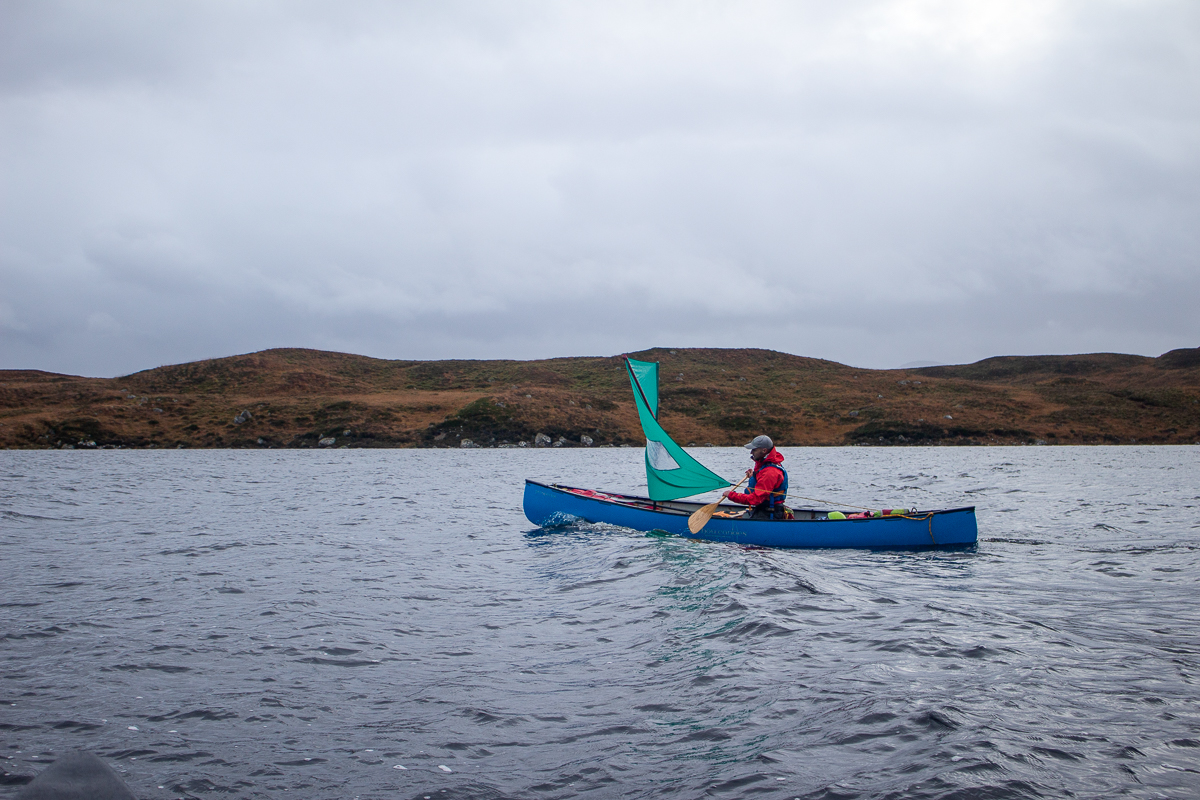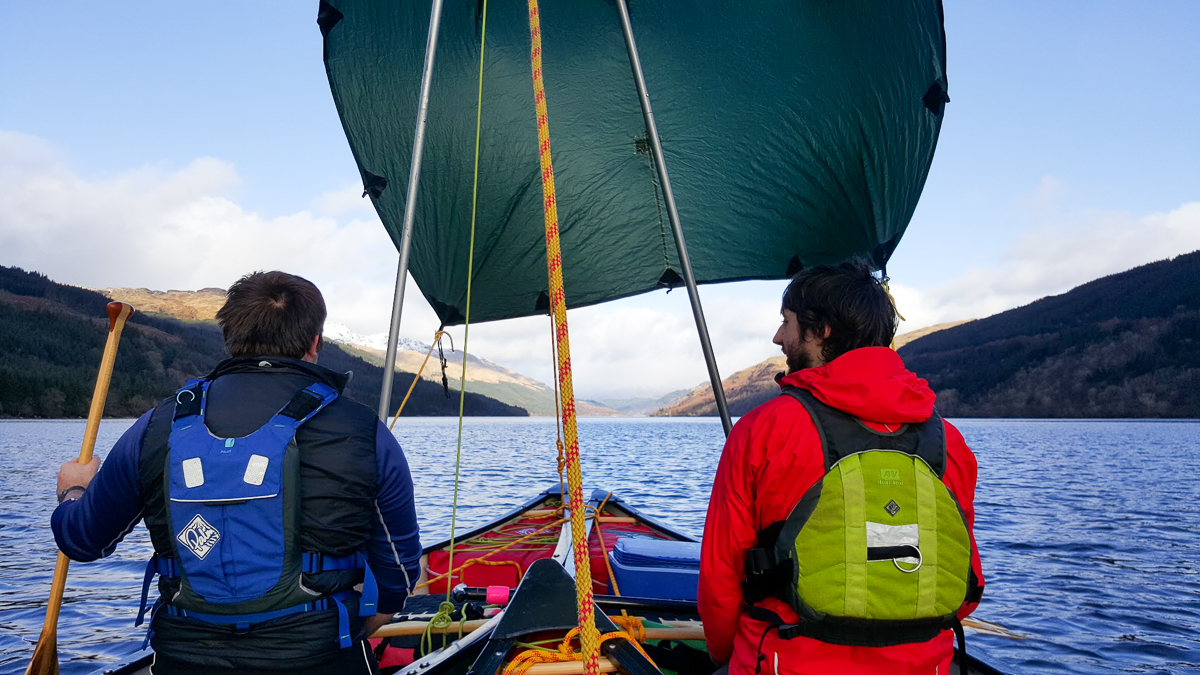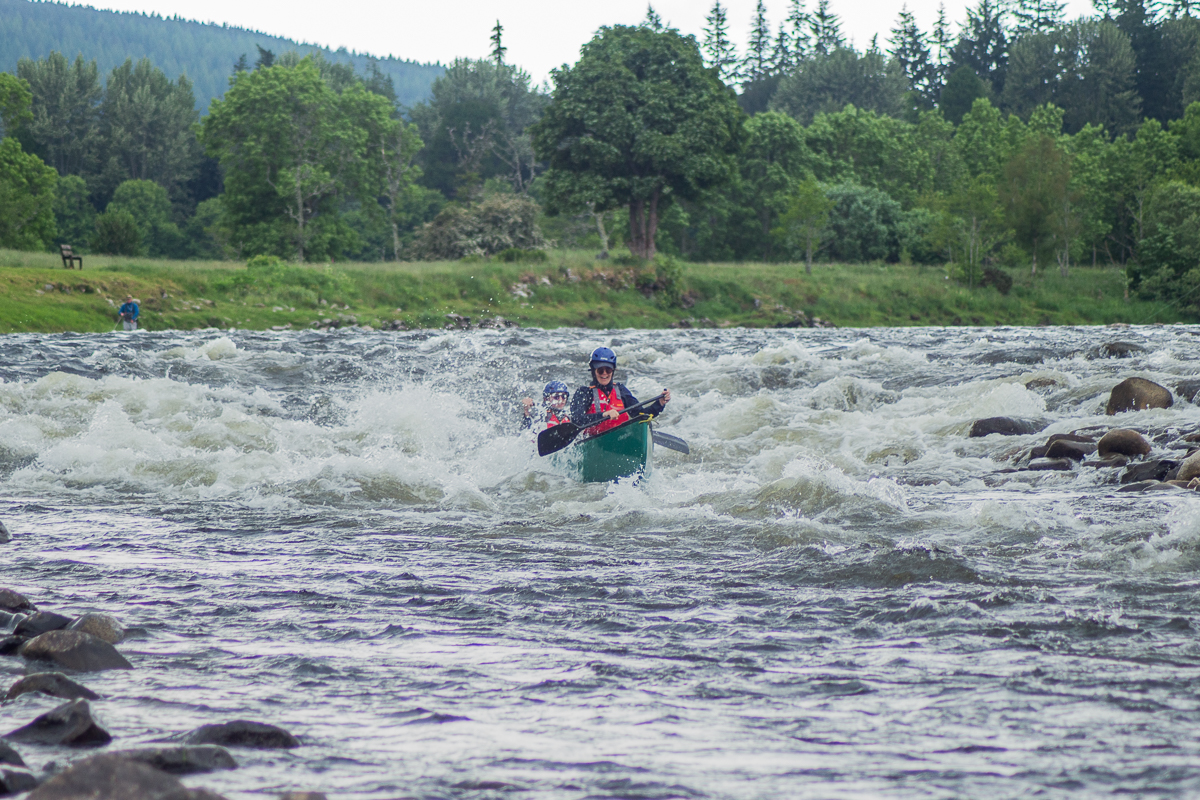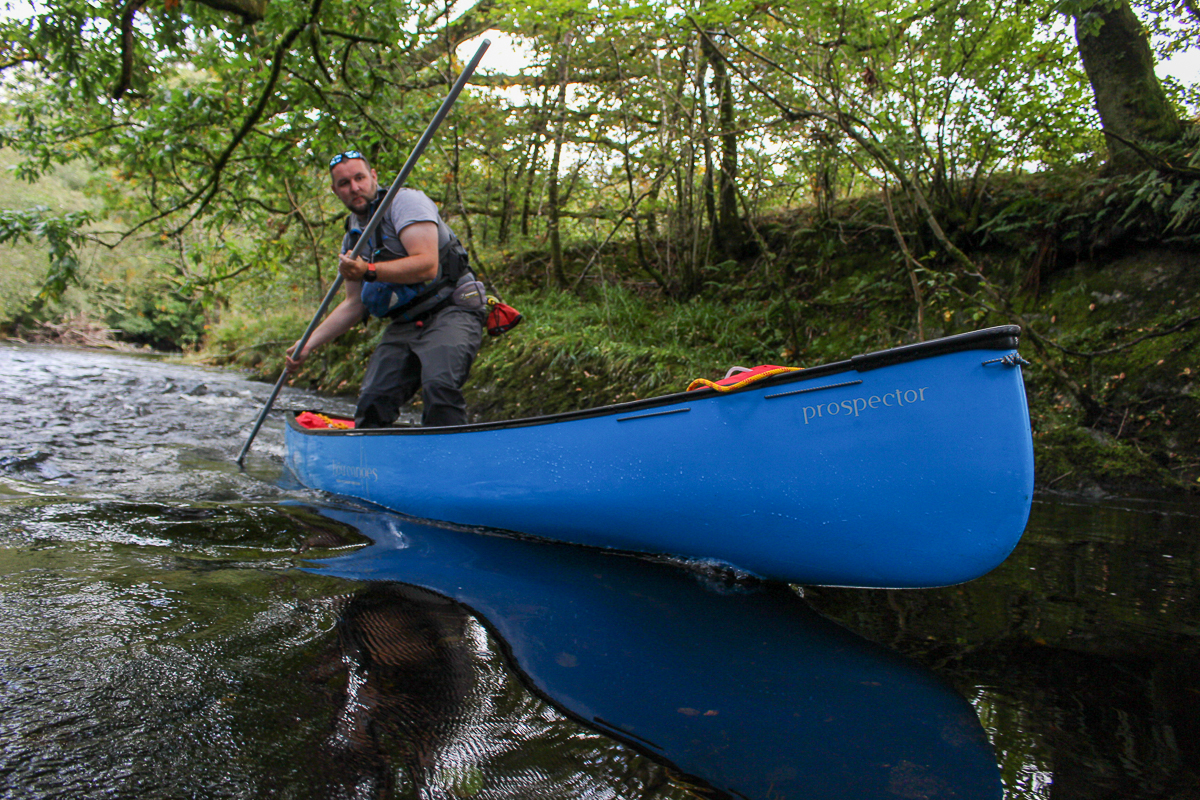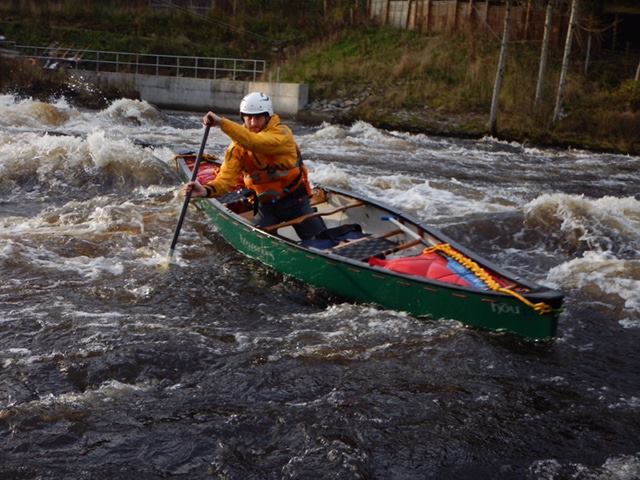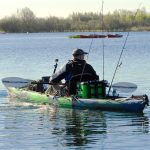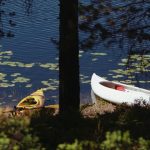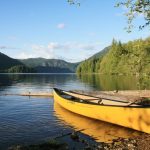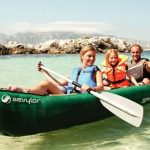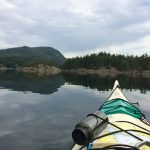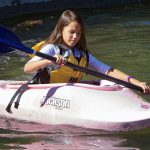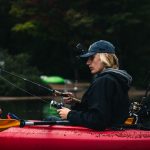NEW TO KAYAK FISHING and not sure what gear you will need? Check our review of kayak fishing must-haves!
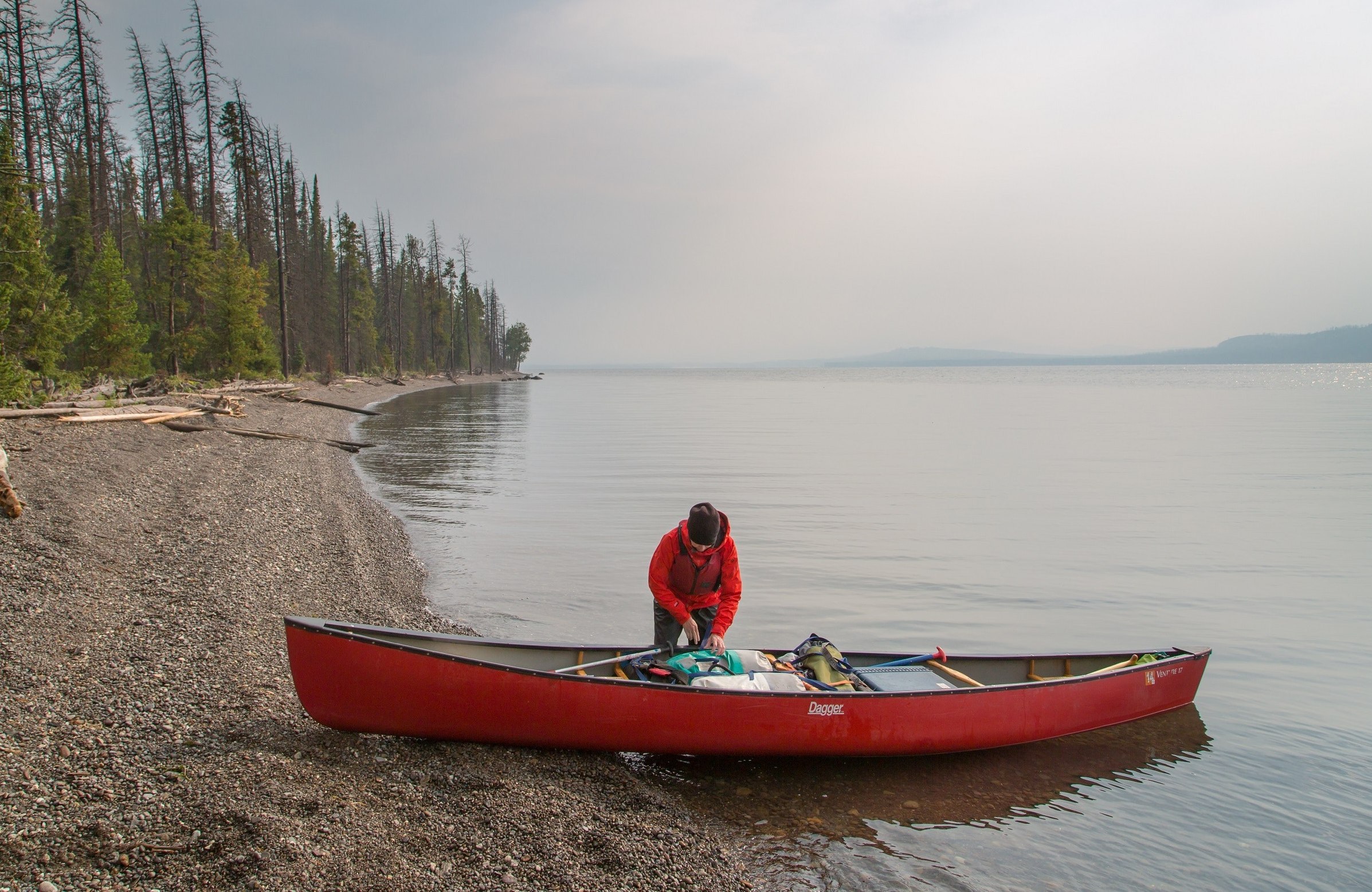
On first impression, canoes are quite a basic design. Their large, open cockpit doesn’t leave a great deal to the imagination.
However, once you start getting into the world of canoes, you quickly discover how differently they all paddle from one another and how small changes in their setup make big differences to your trip.
Once you have the right canoe you can make alterations and additions to make it suit your style. These might be changes to the actual canoe or items of equipment that make your life easier. There are loads of ways to accessorize your canoe and your gear to get the most out of your setup.
As an affiliate of Amazon and other retailers, we may earn a small commission when you buy via our links, at no additional cost to you. Thank you!
Our guide to canoe accessories covers recreational and tripping gear that you can take with you on your trips. You may not need these every time you head out onto the water in your canoe, but this list will help you to decide what you need to pack each time.
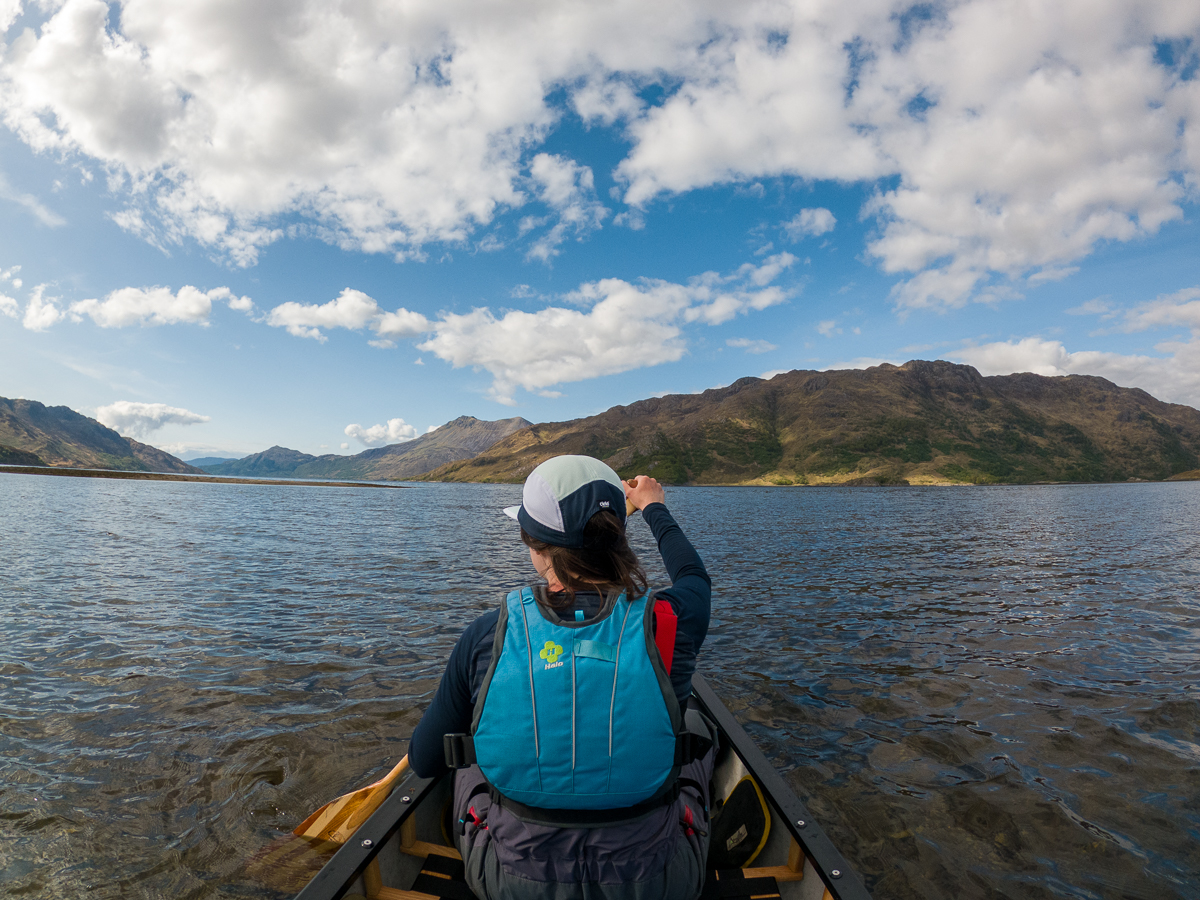
Barrel
Watertight plastic barrels are one of the most commonly used storage methods in a canoe. These containers rely on a seal within the lid, secured with a metal clip, to ensure that even if you completely submerge your canoe, your equipment stays dry. It’s important not to overload your barrel, as this can loosen the seal slightly and water can seep in.
Barrels are available in all different sizes but the most popular with canoeists are 30 liters and 60 liters. 30 liters is enough space for a day trip and you can fit your lunch, spare layers, and first aid kit. If you’re heading out on a trip, a 60-liter barrel will fit your tripping gear, while you can use your 30-liter barrel for smaller items that you might need throughout the day.
The key benefit to barrels is their sturdiness. Unlike dry bags, barrels cannot rip and it would take a big impact to break through them. Despite what some people think though, they are not bear-proof and you still need to take precautions around camp with your food.
Barrel Harness
If you’re heading out on a trip and need to portage your equipment around non-negotiable rapids, or between lakes, a harness is. A fully loaded 60-liter barrel can easily weigh upwards of 50 lbs. Although barrels usually come with plastic handles fitted, these aren’t a comfortable way of hauling that much equipment. A barrel harness gives you a fully adjustable back system for hauling your gear.
The best barrel harnesses are adjustable, so you can use them with barrels of various sizes. If you are traveling with multiple barrels, you can use your harness on each of them individually and save yourself from buying another barrel harness.
Backpack style Dry Bag
Even the most comfortable barrel harnesses feel cumbersome, especially during long portages. Comparatively, a backpack-style dry bag, like the NRS Bill’s Bag, fits like a normal backpack and can be carried comfortably over long distances.
These heavy-duty dry bags are designed to withstand the abuse that comes from canoe tripping. One of the main advantages of using a dry bag, other than the comfort factor, is that you can compress them. If your bag isn’t full, you can roll the top down further, or squeeze out more air, and they take up less room in your canoe.
Small Day-Bag
When possible, you want to avoid opening your barrel or dry bag. Firstly, they’re likely to be attached to your canoe or stowed in a way that stops them from coming out. Also, the more you open and close your bag or barrel, the greater the chance that you don’t reseal it properly and your tripping gear is exposed to getting wet.
I recommend having a smaller dry bag for stowing snacks, spare jackets, first aid kits, head torches, and anything else you might need on the water. If you’re a barrel advocate, you could use a 30-liter barrel or smaller for this job. Perhaps the best dry bag for this job is the Watershed Ocee, which is secure enough for electronics and valuables.
Canoe Sail
When the wind is in your favor, why not use it to your advantage? Canoe sailing lets you kick back and relax while the elements do the work for you. On longer trips, this can be the relief you need to get some well-earned rest and still cover the water.
Canoe sails come in various shapes and sizes and are designed to be used in different ways. There are purely downwind sails, tandem pair sails that fit to the top of the bow paddler’s paddle, as well as solo sails. These solo sails require a mount for the canoe pole to be glued into the hull of the canoe, as well as a thwart to hold the pole in position.
These sails vary in efficiency and ease of use. The solo canoe sail is the most like a sailing boat sail and allows you to sail across wind and even upwind, with some practice. Most canoeists will only ever want to sail with the wind on their backs, though, and don’t require the extra equipment that comes with this setup.
Tarp
I don’t remember ever going on a canoe trip without a tarp. Whether you have a basic all-purpose tarp or a camping tarp with multiple attachment points, the tarp can serve a huge number of purposes.
Tarps can be useful as lunch stop shelters if you reach your destination in heavy rain. In emergency situations, or if you are caught out in poor weather or rough conditions, tarps can be used in a number of ways to make yourself a shelter. You can wait out rescue, or even camp overnight in these tarp shelters.
Tarps can also be used as a sail, saving you another piece of gear. This can be done simply, with a paddler, or pair of paddlers, holding the tarp. Alternatively, you can create a sailing rig out of poles and ropes that can really pick up some speed.
Padded Seat
Canoes can be used either sitting or kneeling. For the most part, kneeling gets uncomfortable after a while and is often used in rough conditions or on the river. Sitting up on the seats may save your knees, but it can put a lot of strain on your back instead.
Attaching a canoe chair to your seat lets you enjoy the full support of a kayak while in your canoe. These chairs are fully adjustable and fold down out of the way when you don’t need them. The added bonus to them is that when you get to the beach, you can simply unstrap your seat from the canoe and lounge on the land.
Kneeling Pad
In rough conditions, like choppy waves or white water rapids, kneeling down is usually preferred to sitting on the seats. The lower center of gravity and extra stability that you get from kneeling keeps people more secure in their canoes and less likely to capsize.
But kneeling is uncomfortable, especially for long periods of time. A kneeling pad provides padding against the hard plastic outer of your canoe, so you don’t get sore knees as easily. These knee pads also provide some insulation and anti-slip, so you stay warmer and don’t slip around your canoe as you negotiate the rapids.
Air Bags or Blocks
Even the most experienced canoeists sometimes capsize. As you get more experienced, these capsizes happen in more remote, more challenging environments, where you can be more exposed to the elements. The last thing you want in this situation is a difficult rescue scenario.
Adding foam buoyancy blocks or inflatable airbags to the ends of your canoe will prevent it from filling with as much water and make it easier to empty. If you paddle an empty canoe, you can even get a center float bag to make rescues even easier.
Foam buoyancy blocks are more hardwearing than airbags, but they do not take up as much space. Airbags are more common than blocks because they can be inflated to take up space or deflated if you need more storage room in your canoe. These airbags are susceptible to UV damage though.
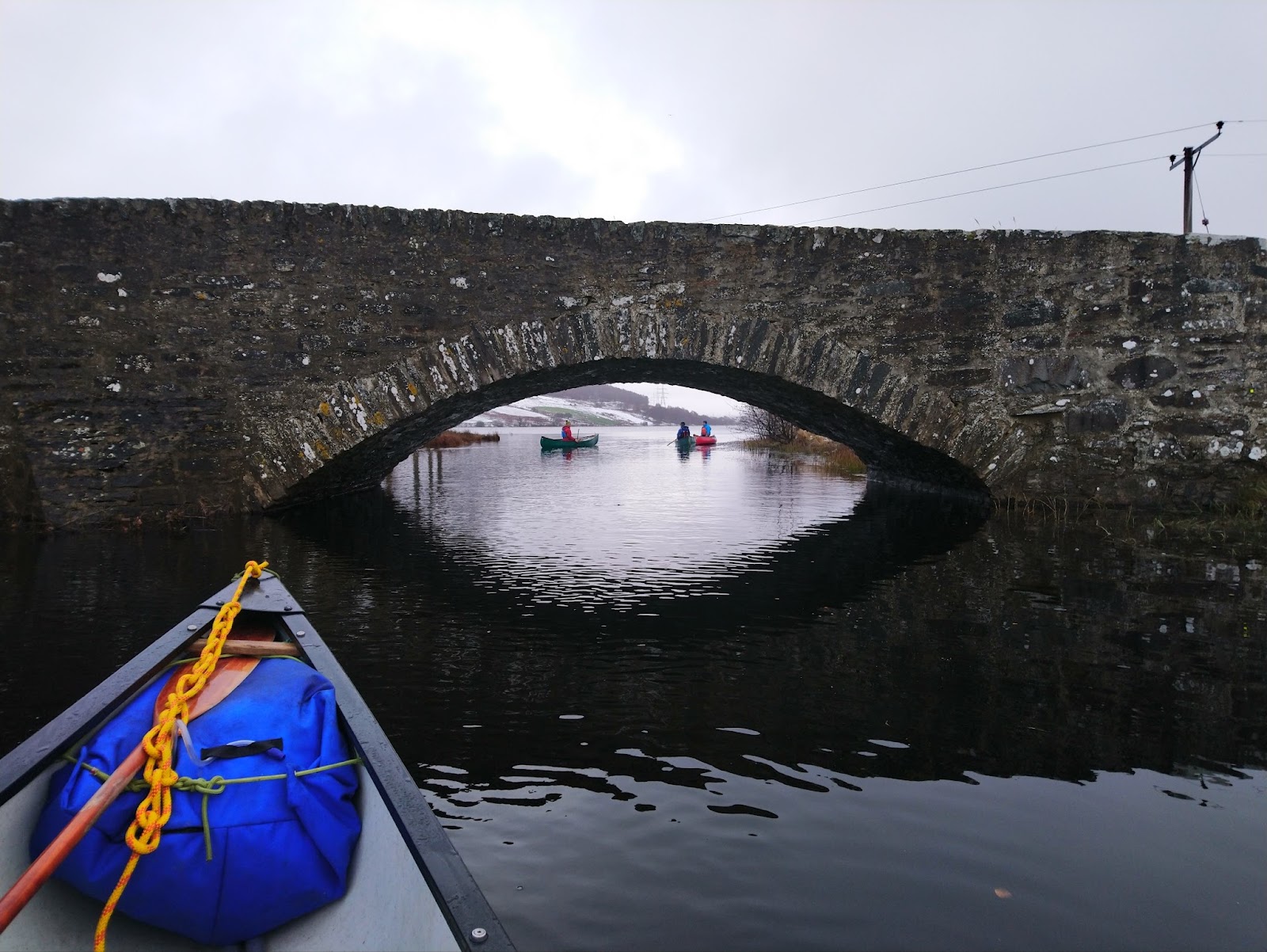
Floating Rope Painters
Often on trips, there are areas where you need to drag your canoe. This could be portaging through swampy ground where you risk twisting a knee or a shallow section of river that you can’t paddle through. You may also need to tie your canoe up at the end of the day so that it isn’t carried away by winds or rising rivers.
Using painters on either end of your canoe lets you either drag your canoe upstream, or across rough terrain, or retain control as you float your canoe down a shallow section of river. You can also use your painters to tie your canoe up overnight so they don’t get carried away by strong winds or rising rivers.
Painters are usually measured to be roughly the same length as the canoe and should be made from floating rope. This prevents the rope from sinking in the water and potentially creating an underwater obstacle, or wrapping around the canoe. Make sure to stow your painters out of the way while you paddle, so that they don’t wrap around you in the event of a capsize.
Throw Line + Swim Line
If you are a river canoeist, especially in white water, you are most likely familiar with throw bags. These are commonly used to rescue paddlers who have fallen into the river and are struggling to swim to shore.
When you canoe on a river, you can attach a throw line to the end of your canoe and create what is known as a swim line. In the event of a capsize, if your throwline is securely attached to your canoe, you can simply grab the end of the rope and swim to shore. Once on the shore, you can brace yourself against the pull of your canoe and pendulum it into the shore.
Using a swim line requires practice and they are better on narrower rivers, where you can get to the side before the line goes taut. Be sure to pack your swim lines properly and keep them out of the way to avoid them wrapping around you if you capsize.
Pole
Back when canoes were used by fur traders, they would paddle themselves downstream and then pole their way back up on the return leg. Pushing yourself along with a canoe pole requires practice, but can be a fun and easy way to link lakes together without having to portage.
Poles are also useful in shallow sections of a lake, where there is not enough depth to paddle. This not only protects your paddle from damage but allows you to move more efficiently. You can also use your poles as part of a tarp shelter if there are no trees in the area, or as part of a sailing setup.
Most modern canoe poles come in two pieces, so you can stash them easily in your boat when you don’t need them. Poles are traditionally made from wood for the bed and comfort, but some modern poles are made from aluminum or fiberglass.
Spare Paddle
We would consider a spare paddle to be an essential, rather than an accessory. It’s easy to drop a paddle in the heat of the moment or lose or break one on a portage or in transit.
Paddles are rarely lost or broken at convenient times. We recommend always taking a spare paddle with you and keeping it in the boat at all times so that if you need it, you can grab it quickly and keep swinging. This lets you chase the lost paddle, or at least keep negotiating the rapid or fighting the wind.
Portage Trolley
There’s no escaping it, canoes are heavy. Canoes are especially heavy when they’re fully loaded for a long day out or a trip. Loading your canoe onto a portage trolley stops you from having to lift or drag your canoe between sections of water or from your car to the lake.
If you’re heading out on a trip, folding portage trolleys that can be stowed are more useful than solid trolleys. It’s also worth looking at trolleys with solid wheels that can’t puncture halfway through a portage. These trolleys are only really worthwhile on good trails, so if you can, check out the portage tracks before you pack your trolley.
Cooler
Canoe tripping is all about comfort. Sure, you’ve got to carry and move everything you pack, but you’ve got the space to pack some good food and a couple of beverages too. But there’s no point packing all that stuff, just for it to go warm by the time you get to camp.
A quality cooler is a canoe tripping essential if you want to eat well and enjoy a cool beer in camp. The best canoe coolers are fully sealed and secure, keeping your food and drink safe even if you capsize. If your cooler doesn’t lock, we recommend putting a strap around it to stop the lid from popping open unexpectedly.
Clip-on cup holder
Is there a greater feeling than cruising along early in the morning on a gentle lake, taking a sip of your favorite fresh brewed coffee? What’s not so great is when you set your cup down in your canoe and it spills over you and all your gear. A clip-on cupholder that attaches to your gunwales gives you a secure area to store your beverage on the water.
These cup holders can be universal models that clip over your gunwale, or they can be more specialized equipment that fits accessory mount rails. Check the size of the beverage holder and make sure it will fit whatever cup, bottle, or tin you want to enjoy on the go.
Final Thoughts
As noted above, you won’t need each of the items on this list on every trip. Use it as a guide to help you decide what to pack depending on where and when you’re going. Happy paddling!

